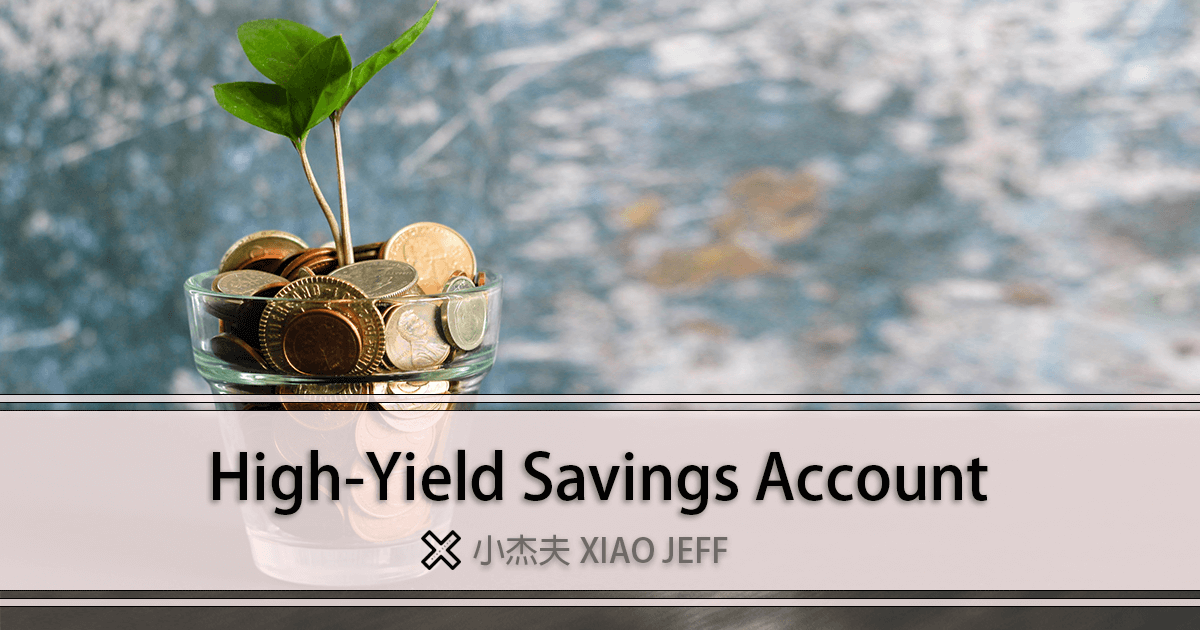High-yield savings accounts have become increasingly popular in recent years as individuals look for ways to make their money work harder for them. These accounts offer a higher interest rate compared to traditional savings accounts, allowing savers to grow their funds at a faster pace. In this article, we will provide an overview of high-yield savings accounts and explore why they are worth considering.
Firstly, let’s understand what exactly a high-yield savings account is. Essentially, it is a type of deposit account offered by banks or credit unions that provide higher interest rates than standard savings accounts. The exact interest rate can vary from institution to institution but generally falls between 0.50% and 2% annually. This may not sound like much, but when compared to the average interest rate on regular savings accounts which hovers around 0.05%, it becomes clear why high-yield options are so appealing.
One major advantage of high-yield savings accounts is that they typically have no minimum balance requirements or monthly fees associated with them. This means that anyone can open an account, regardless of how much money they have available for saving. Additionally, these accounts are insured by the Federal Deposit Insurance Corporation (FDIC) up to $250,000 per depositor per bank. This provides peace of mind knowing that your hard-earned money is protected.
Another benefit is the flexibility offered by these types of accounts. Unlike certificates of deposit (CDs), which lock your money away for a fixed period in exchange for higher interest rates, high-yield savings accounts allow you access to your funds whenever you need them without any penalties or restrictions.
While the increased interest earned through these accounts is enticing, it’s important to note that they still come with limitations compared to other investment options such as stocks or bonds. High-yield savings accounts are primarily designed for short-term goals and emergency funds rather than long-term wealth accumulation strategies.
It’s essential to consider inflation when evaluating the potential returns of a high-yield savings account. Inflation can erode the purchasing power of your money over time, and if the interest rate offered by the account doesn’t outpace inflation, you may not actually be gaining much in real terms.
In conclusion, high-yield savings accounts are a great option for individuals looking to earn more on their savings without taking on excessive risk. With higher interest rates and no minimum balance requirements or monthly fees, they offer an accessible and flexible way to grow your money. However, it’s important to remember that these accounts should complement a well-rounded financial plan rather than serve as the sole investment strategy. Consider your financial goals, time horizon, and other investment options before deciding how much of your savings to allocate into a high-yield savings account.

